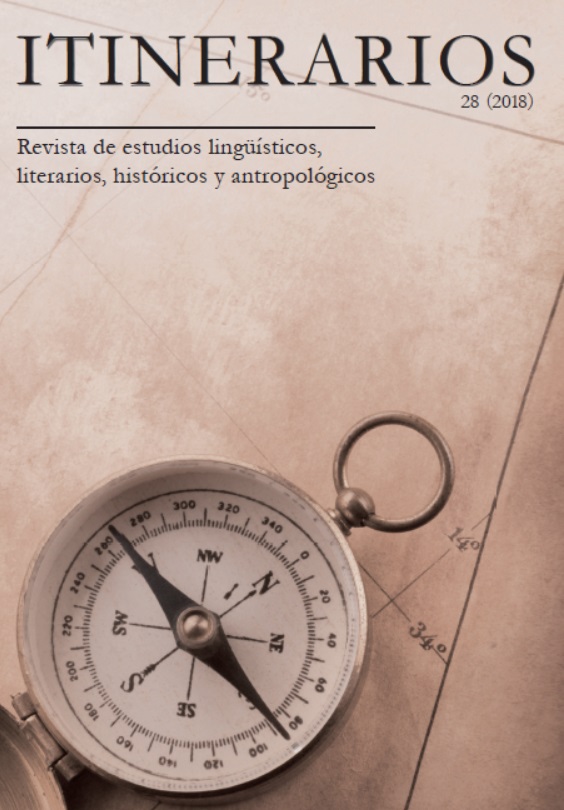Aproximación a la clasificación de metáforas en corpus orales
Aproximation to the Classification of Metaphors in Oral Corpus
Author(s): Lorena Martín GarcíaSubject(s): Sociolinguistics
Published by: Instytut Studiów Iberyjskich i Iberoamerykańskich, Wydział Neofilologii, Uniwersytet Warszawski
Keywords: metaphors; classification; oral corpus; sociolinguistics; phraseologized units
Summary/Abstract: The main purpose of this study is to create a new classification of living cognitive metaphors, based on the studies carried out by Lakoff ’s and Johnson (1980) and also those by Iñesta Mena and Pamies Bertrán (2002). Unlike these researchers, we do not elaborate an aprioristic classification, but we depart from the examples that belong to an oral corpus: the corpus PRESEEA from Granada (Moya Corral 2007, 2008, 2009). The model we use to create our classification is fundamentally based on Iñesta and Pamies’ taxonomy (2002). From there, we thought it was necessary to propose a new classification in which we can distinguish between living metaphors and phraseologized metaphors. We also need to establish the most productive objectives depending on how informants use them, which happens to be one of the deficiencies we find in the Iñesta and Pamies’ model. The objectives we introduce are related to TIME, MIND, LOVE, HEALTH and OBJECT. Moreover, in this classification we do not introduce phraseology. Nevertheless, Iñesta and Pamies mix both kinds of data because the limits between the two are not really clear. The use of phraseologized units is much higher in comparison to the use of metaphors –5.434 phraseologized units against 994 metaphors. On the other hand, to verify if sociolinguistic factors have any influence on the use of metaphors we would need to amplify the sample in a future study and we would need to carry out the study with the entire corpus from Granada. It would also be interesting to compare this sample with an oral American corpus to come to definitive conclusions.
Journal: Itinerarios
- Issue Year: 2018
- Issue No: 28
- Page Range: 151-175
- Page Count: 25
- Language: Spanish

